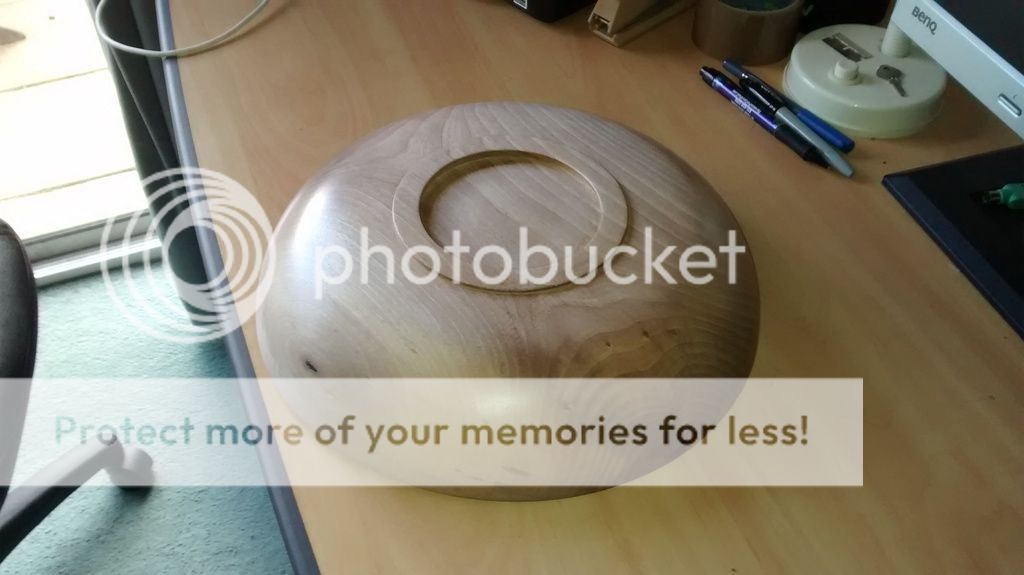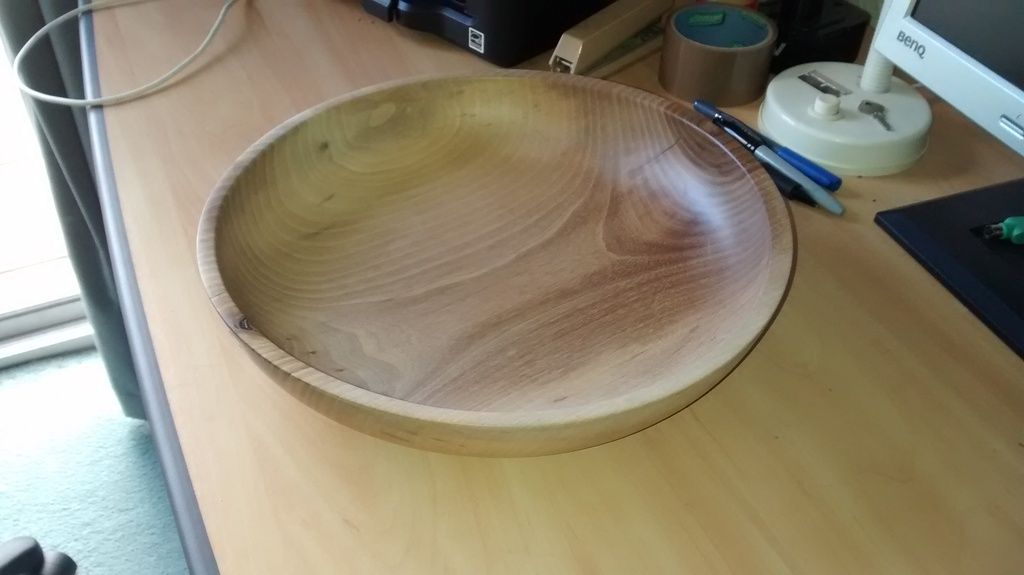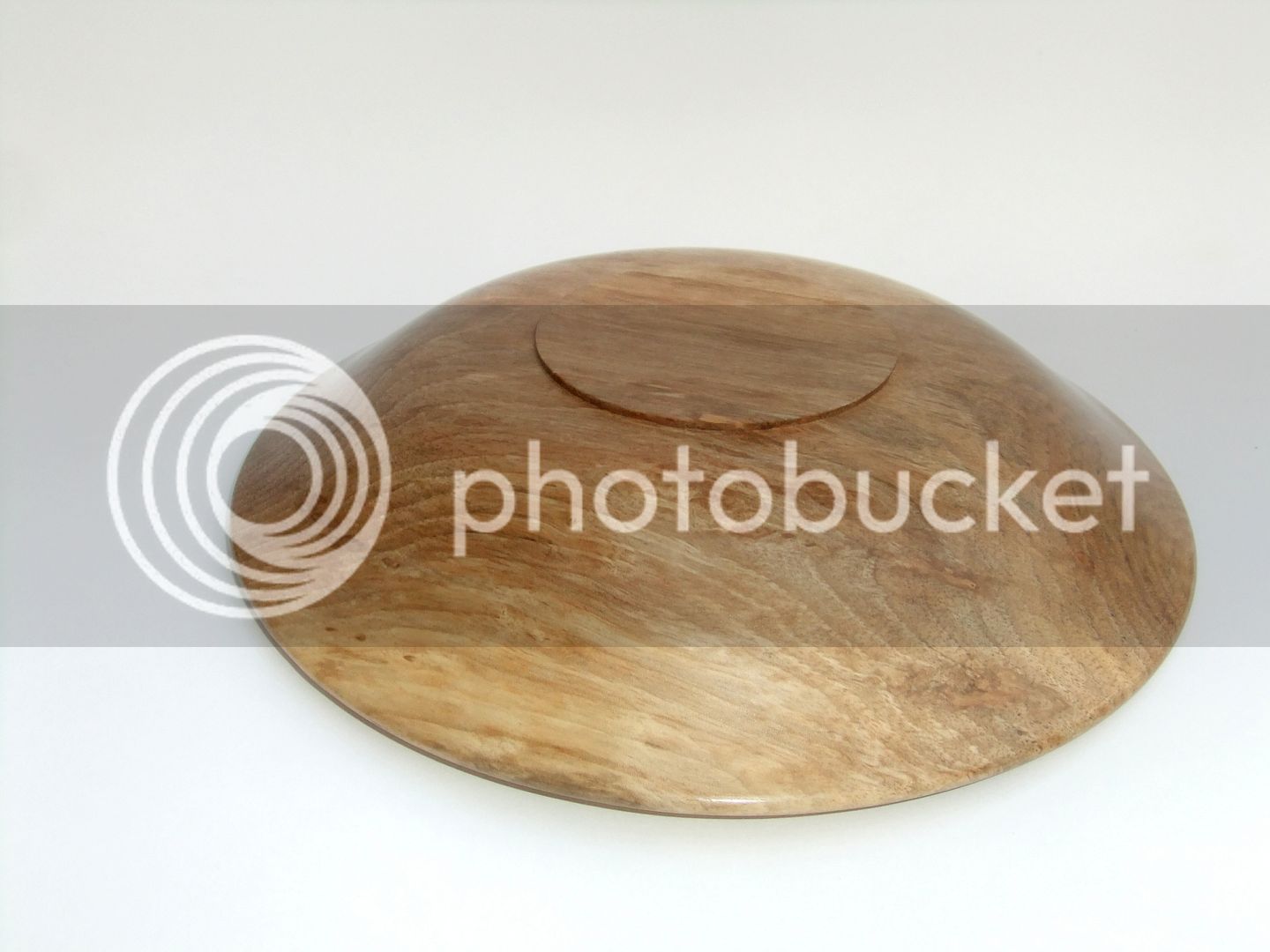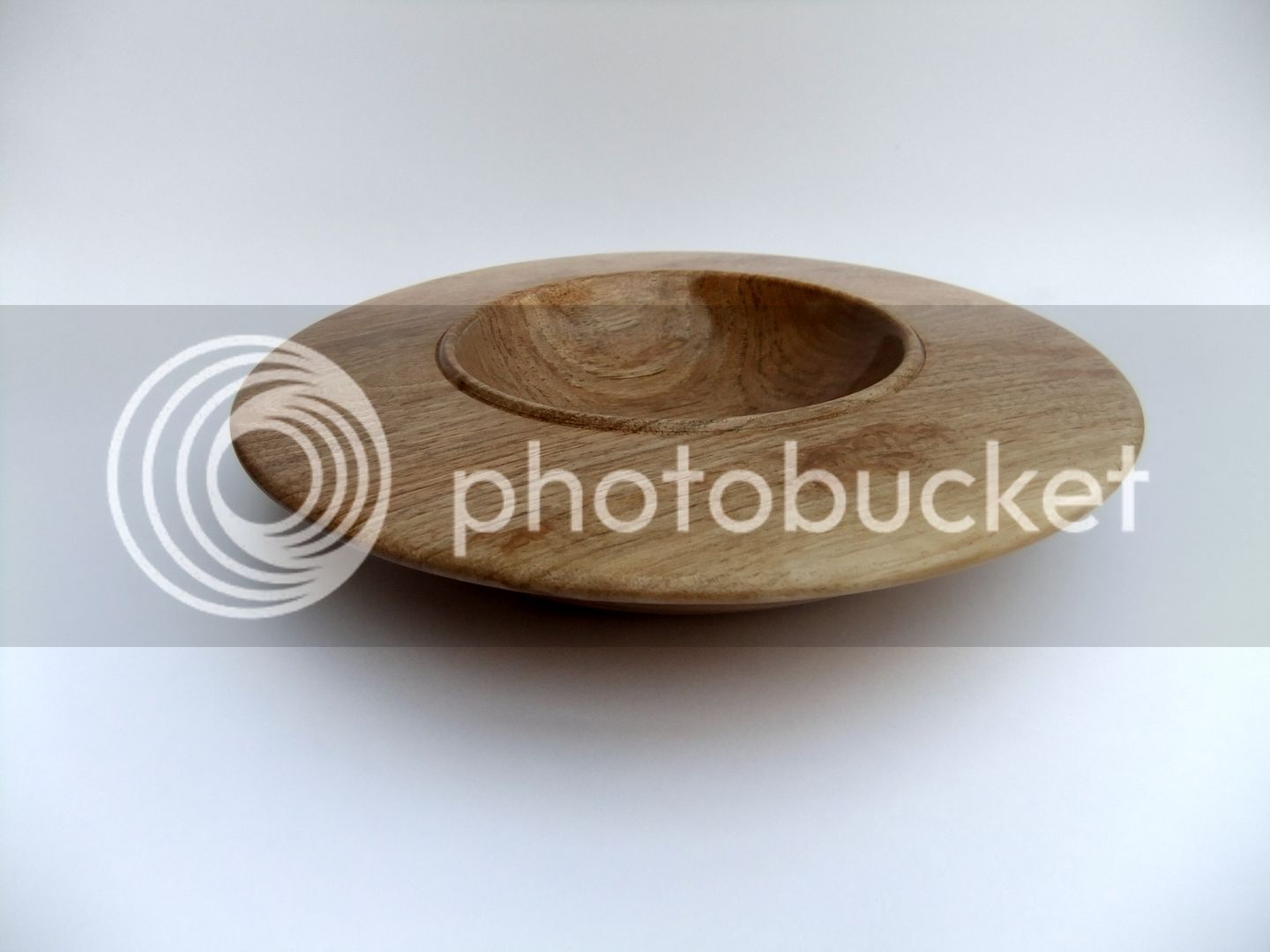harvestbarn
Established Member
When you turn a bowl larger than the lathes bed capacity how is it best to finish the base?
I could make an oversize button jaw set out of plywood and is it likly to be suitable. I see Axminster sell 400mm jaws but they are fairly expensive for infrequent use.
I could make an oversize button jaw set out of plywood and is it likly to be suitable. I see Axminster sell 400mm jaws but they are fairly expensive for infrequent use.





































